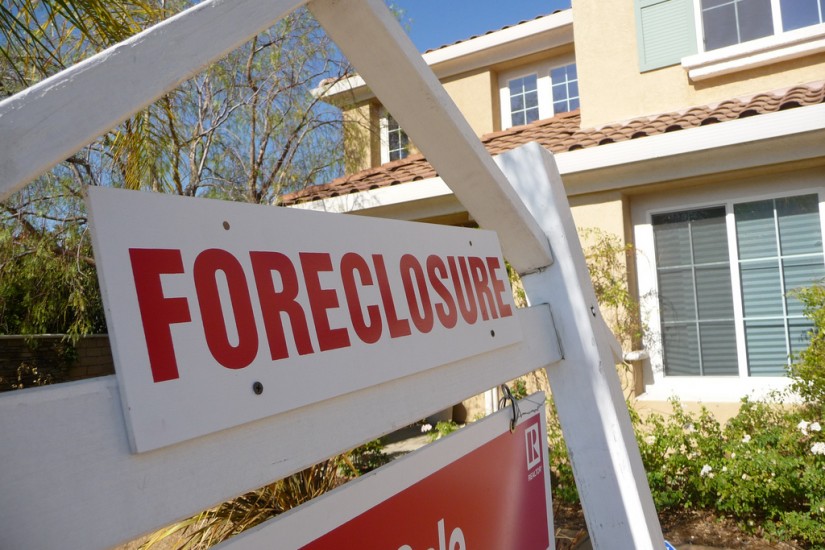Restoring compensation levels was one of the first and most urgent priorities of the bailout. Bonuses on the street were back to normal within six months. Goldman, which needed billions in public funds, paid an astonishing $16.9 billion in compensation just a year after the crash, a company record.
Outside Manhattan, the pain was just starting. In 2008, 861,664 families lost their homes, and homeowners lost a breathtaking $3.3 trillion in home equity (coincidentally, this was the TARP inspector’s estimate for the entire net outlay of the bailout). By 2011, a full 11.6 million homeowners were underwater on their homes.
Out there, in foreclosure – er, flyover – country, the only way out of the crisis was a big hit. You either foreclosed and lost your credit rating forever, or you sold your home, usually the chief investment in your life, at a gigantic loss. But a major principle of the bailout is that the banks never had to take any losses at all. Not one cent.
In the Fed’s bailout facilities, which were specifically designed to absorb the bad loans infecting the economy, the state bought toxic inventory at par, i.e. at full price. Regulators, in other words, didn’t even make the banks take a discount for loans on their books that were a) worthless, and b) may have been created in furtherance of a criminal scheme.
Not only did the state cough up $173 billion to pay AIG’s counterparties in September 2008 – paying full price on billions’ worth of AIG swaps to Goldman and the other gambling banks – but the news later emerged that “rescued,” post-bailout AIG paid $450 million in bonuses to the employees of AIGFP, the tiny swaps unit that had nearly destroyed the universe with its insane mismanagement and greed.
In other words, everyone in the upper echelon of the finance community got Paid In Full in the bailout, even the exact people who screwed up the worst. But outside Manhattan? It was like Warren Buffet’s partner Charlie Munger sneered: People should just “suck it in and cope.”
The biggest victims in this miserable story turned out to be poor, nonwhite, and elderly. One of the main things the financial press missed in its countless crash post-mortems is that the subprime scam was significantly about race.
